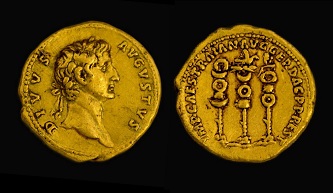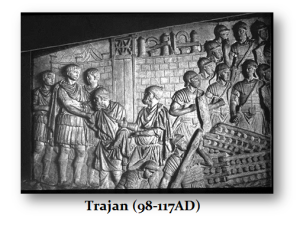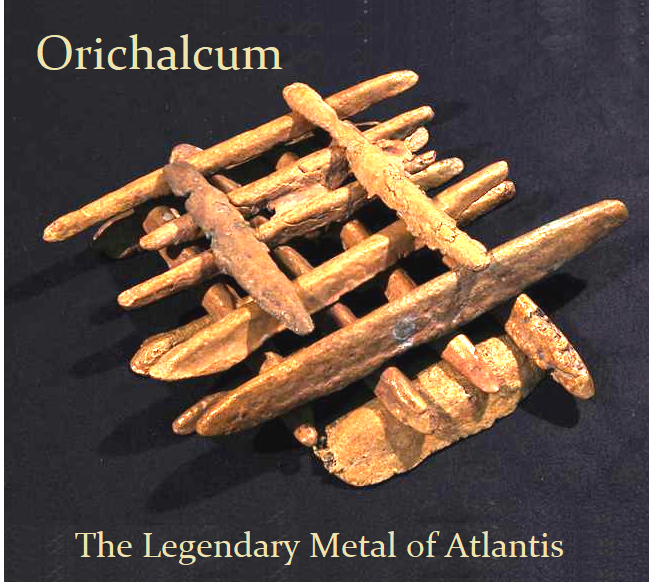Thank you for all the emails on this discovery of an ancient Roman coin in Galilee. Yes, it is a relatively rare coin. However, it did not exist at the time of Christ. Note the legend states “DIVVS AUGUSTUS,” meaning in Augustus’ honor after his death. This coin was minted by the Roman Emperor Trajan (98 – 117 AD). Given the wear, it had been in circulation for some time. It was minted from 107 AD on, which was well after the Romans destroyed the Jewish Temple in 70 AD. This coin would not bring $5 million as some sources have reported. The most expensive Augustus aureus of Trajan’s restitution series just sold in January for $107,000.
The Augustus piece we have in our collection is pictured below. It has a crocodile on the reverse and is reminiscent of Augustus’ issue announcing he defeated Cleopatra. This just goes to show that when you write about something you do not know about, and listen to people who do not know either, then you end up with a coin worth $5,000,000 that was there when Christ was walking around Galilee. My offer is $35,000.

In the year 107 AD, Emperor Trajan attempted to revitalize the money supply by ordering that all the old coinage be “melted down all the worn-out coinage,” according to the historian Casssius Dio. In essence, the treasury was greatly depleted due to his prolonged campaign to conquer Dacia (modern day Yugoslavia region). Trajan actually demonetized all silver and gold coinage that had been issued prior to the reign of Nero and his monetary reform of 64 AD, which was the first step in the debasement. Therefore, Trajan was recalling all old “worn” coinage and reissuing it with at a lower standard of his period.
At the time of Trajan, the finances of the empire were in crisis. The fineness of the silver denarius when he came to power in 98 AD was 93.5%. In 100 AD, Trajan lowered the fineness to 92.75%. As the cost of the Dacian war escalated, he again reduced the fineness in 103 AD to 91.5%. This would decline further, reaching 90% in 112 AD.
Consequently, Trajan demonetized the old coinage that was of a heavier silver standard, which meant they were no longer a valid payment for taxes. This forced people to return them in exchange for new denarii. The old were then melted and this increased the money supply by about 10%.











